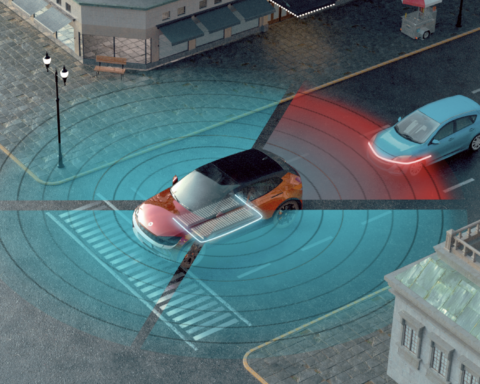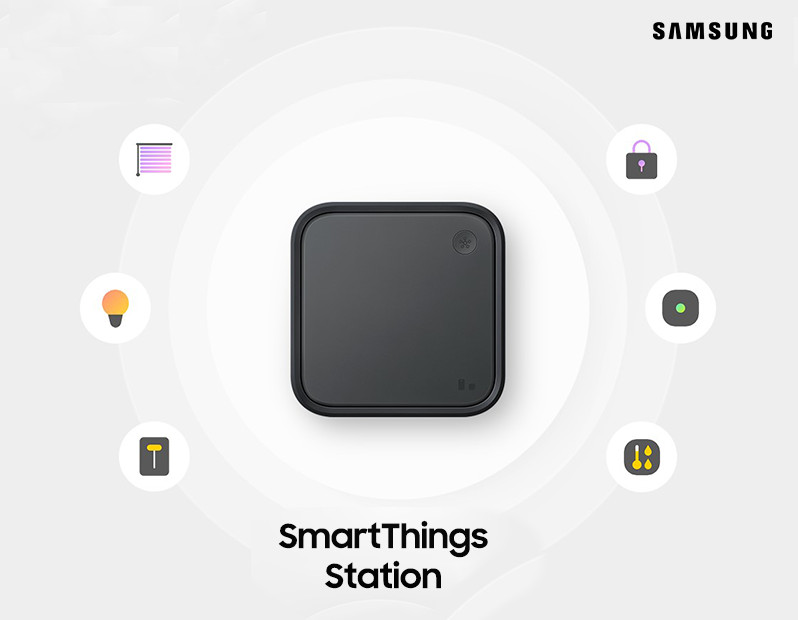 IFA 2013, Texas Instruments (TI) (NASDAQ: TXN) DLP® Products unveiled its newest DLP Pico™ chipset, the 0.2″ TRP, which brings unparalleled brightness through greater optical/power efficiency, and higher resolution to next-generation smartphones, tablets, digital cameras and wearable devices, such as near-eye displays.
IFA 2013, Texas Instruments (TI) (NASDAQ: TXN) DLP® Products unveiled its newest DLP Pico™ chipset, the 0.2″ TRP, which brings unparalleled brightness through greater optical/power efficiency, and higher resolution to next-generation smartphones, tablets, digital cameras and wearable devices, such as near-eye displays.
The 0.2″ TRP chipset, the latest in the DLP Pico family, is the first to incorporate the Tilt & Roll Pixel (TRP) architecture announced at CES 2013, as well as the adaptive IntelliBrightTM suite of algorithms demonstrated at Mobile World Congress earlier this year.
With the ability to produce up to 100 percent higher brightness on a frame-by-frame basis while consuming up to 50 percent less power, the new 0.2″ TRP chipset also features twice the resolution of its predecessor. The result is bright, detailed images with a life-like quality, making DLP Pico the ultimate means of sharing life’s experiences, anytime and anywhere.
We believe that through the creativity and passion of our customers, the 0.2″ TRP chipset will set a completely new benchmark for big picture experiences from mobile devices,” said Frank Moizio, business unit manager of DLP Pico. “We expect their pioneering products to create the most compelling and unique displays, transforming the value of mobile experiences.
Beyond traditional mobile electronics, DLP Pico is finding applications in emerging technologies like the growing wearables market. As with many wearable devices, the design of near-eye displays presents a unique design challenge, requiring a critical balance of both style and performance. In this arena, DLP Pico excels, as described by Paul Travers, CEO of Vuzix:
Given the aggressive power and brightness needs of our see-through near-eye display products, the new DLP Pico chipset is a perfect fit,” said Travers. “The combination of unmatched power savings and high contrast lets us deliver consumers longer battery life while creating a brighter, more vibrant image than we would be able to achieve with any other technology.








